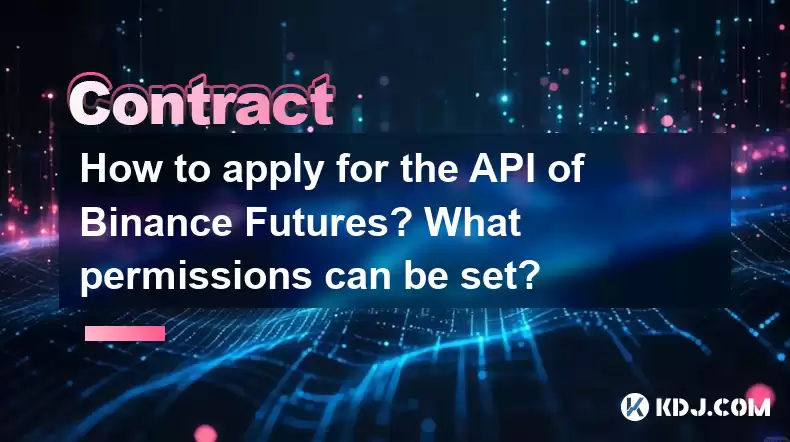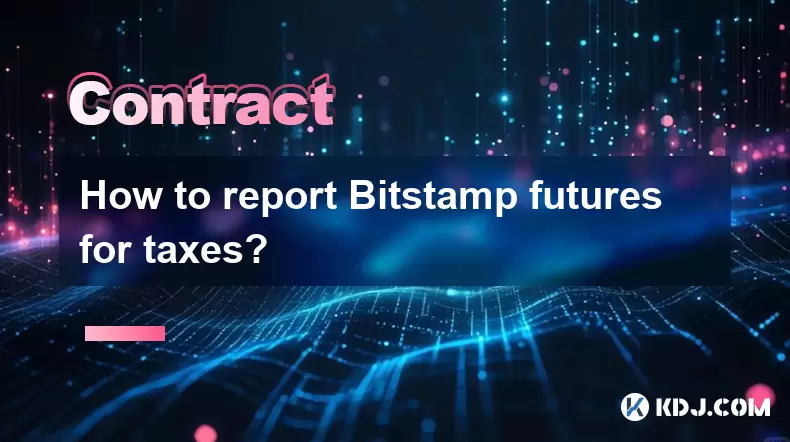-
 Bitcoin
Bitcoin $115200
0.71% -
 Ethereum
Ethereum $3716
6.25% -
 XRP
XRP $3.076
5.28% -
 Tether USDt
Tether USDt $0.0000
0.00% -
 BNB
BNB $766.7
1.87% -
 Solana
Solana $168.5
4.16% -
 USDC
USDC $0.9999
0.00% -
 TRON
TRON $0.3326
1.79% -
 Dogecoin
Dogecoin $0.2093
5.14% -
 Cardano
Cardano $0.7543
4.02% -
 Stellar
Stellar $0.4147
4.43% -
 Hyperliquid
Hyperliquid $38.59
0.71% -
 Sui
Sui $3.594
4.51% -
 Chainlink
Chainlink $17.13
5.12% -
 Bitcoin Cash
Bitcoin Cash $558.9
2.49% -
 Hedera
Hedera $0.2519
1.51% -
 Avalanche
Avalanche $22.91
7.05% -
 Ethena USDe
Ethena USDe $1.001
0.00% -
 Litecoin
Litecoin $120.3
10.01% -
 Toncoin
Toncoin $3.419
-4.46% -
 UNUS SED LEO
UNUS SED LEO $8.921
-0.34% -
 Shiba Inu
Shiba Inu $0.00001249
2.39% -
 Uniswap
Uniswap $9.944
8.41% -
 Polkadot
Polkadot $3.728
3.18% -
 Monero
Monero $308.0
1.78% -
 Dai
Dai $0.9998
-0.02% -
 Bitget Token
Bitget Token $4.389
1.58% -
 Pepe
Pepe $0.00001075
2.71% -
 Cronos
Cronos $0.1397
6.39% -
 Aave
Aave $269.7
3.95%
How to apply for the API of Binance Futures? What permissions can be set?
To apply for the Binance Futures API, log into your account, navigate to API Management, create a key, enable Futures, set permissions, and secure it with 2FA and IP restrictions.
Apr 27, 2025 at 11:14 pm

Introduction to Binance Futures API
Binance Futures is a popular platform for trading futures contracts, and its API allows developers and traders to automate their trading strategies and access real-time market data. Applying for the Binance Futures API involves several straightforward steps, and understanding the permissions that can be set is crucial for managing access and security effectively.
Steps to Apply for Binance Futures API
To apply for the Binance Futures API, you will need to follow these steps:
- Log into your Binance account: Navigate to the Binance website and log into your account using your credentials.
- Access the API Management page: Once logged in, go to the user menu in the top right corner and select "API Management."
- Create a new API key: On the API Management page, click on "Create API" to start the process of generating a new API key.
- Set the API key name: Provide a descriptive name for your API key to help you remember its purpose.
- Enable Futures trading: Ensure that the "Enable Futures" option is checked, as this is necessary for accessing the Binance Futures API.
- Set IP access restrictions: Optionally, you can restrict the API key to specific IP addresses for added security.
- Confirm the API key creation: Review your settings and click "Create" to generate the API key. You will receive a prompt to enter your two-factor authentication (2FA) code to confirm the creation.
- Save your API keys: After confirmation, you will see your API Key and Secret Key. Save these securely, as the Secret Key will not be displayed again.
Understanding API Key Permissions
When applying for the Binance Futures API, you can set various permissions to control what actions the API key can perform. The available permissions include:
- Read-only: This permission allows the API key to access account information and market data but does not permit any trading actions.
- Trade: This permission allows the API key to execute trades on your behalf, including placing orders, canceling orders, and managing positions.
- Withdraw: This permission allows the API key to initiate withdrawals from your account. It is recommended to use this permission cautiously and only when necessary.
Configuring API Key Permissions
To set the permissions for your Binance Futures API key, follow these steps:
- Navigate to the API Management page: Log into your Binance account and go to the API Management section.
- Select the API key: Find the API key you created for Futures trading and click on the "Edit" button next to it.
- Adjust permissions: In the edit window, you can toggle the permissions for "Read-only," "Trade," and "Withdraw." Ensure you set the permissions according to your needs.
- Save changes: After adjusting the permissions, click "Save" to apply the changes. You may need to enter your 2FA code to confirm the changes.
Best Practices for API Key Security
Securing your API keys is paramount to protecting your account. Here are some best practices to follow:
- Use strong passwords and 2FA: Always use a strong, unique password for your Binance account and enable two-factor authentication to add an extra layer of security.
- Limit API key permissions: Only grant the necessary permissions to your API key. If you don't need to execute trades or withdrawals, set the key to "Read-only."
- Use IP access restrictions: Restrict your API key to specific IP addresses to prevent unauthorized access from unknown locations.
- Regularly rotate API keys: Periodically generate new API keys and revoke old ones to minimize the risk of key compromise.
- Store keys securely: Never share your API keys with anyone and store them in a secure, encrypted environment.
Using the Binance Futures API
Once you have successfully applied for the Binance Futures API and set the appropriate permissions, you can start using it to automate your trading strategies. Here are some common use cases:
- Automated trading: Use the API to execute trades based on predefined algorithms and market conditions.
- Data analysis: Access real-time market data to perform technical analysis and make informed trading decisions.
- Risk management: Use the API to monitor your positions and manage risk by setting stop-loss and take-profit orders.
Frequently Asked Questions
Q: Can I use the same API key for both spot and futures trading on Binance?
A: No, you need to create separate API keys for spot and futures trading. When creating an API key, you must enable the "Enable Futures" option to use it for futures trading.
Q: How often should I rotate my API keys?
A: It is recommended to rotate your API keys every few months or immediately if you suspect any security breach. Regular rotation helps minimize the risk of unauthorized access.
Q: What should I do if I lose my API Secret Key?
A: If you lose your API Secret Key, you should immediately revoke the associated API key and create a new one. The Secret Key is crucial for authentication and cannot be retrieved once lost.
Q: Can I restrict my API key to specific trading pairs?
A: Currently, Binance does not offer the option to restrict API keys to specific trading pairs. However, you can implement this restriction in your trading algorithms to ensure compliance with your trading strategy.
Disclaimer:info@kdj.com
The information provided is not trading advice. kdj.com does not assume any responsibility for any investments made based on the information provided in this article. Cryptocurrencies are highly volatile and it is highly recommended that you invest with caution after thorough research!
If you believe that the content used on this website infringes your copyright, please contact us immediately (info@kdj.com) and we will delete it promptly.
- Cryptocurrency, Altcoins, and Profit Potential: Navigating the Wild West
- 2025-08-04 14:50:11
- Blue Gold & Crypto: Investing Disruption in Precious Metals
- 2025-08-04 14:30:11
- Japan, Metaplanet, and Bitcoin Acquisition: A New Era of Corporate Treasury?
- 2025-08-04 14:30:11
- Coinbase's Buy Rating & Bitcoin's Bold Future: A Canaccord Genuity Perspective
- 2025-08-04 14:50:11
- Coinbase's Buy Rating Maintained by Rosenblatt Securities: A Deep Dive
- 2025-08-04 14:55:11
- Cryptos, Strategic Choices, High Returns: Navigating the Meme Coin Mania
- 2025-08-04 14:55:11
Related knowledge

Why is my Bitstamp futures position being liquidated?
Jul 23,2025 at 11:08am
Understanding Futures Liquidation on BitstampFutures trading on Bitstamp involves borrowing funds to open leveraged positions, which amplifies both po...

How to report Bitstamp futures for taxes?
Jul 30,2025 at 08:35am
Understanding Bitstamp Futures and Taxable EventsWhen trading Bitstamp futures, it’s essential to recognize that these financial instruments are treat...

Does Bitstamp offer inverse contracts?
Jul 23,2025 at 01:28pm
Understanding Inverse Contracts in Cryptocurrency TradingIn the realm of cryptocurrency derivatives, inverse contracts are a specific type of futures ...

What is the difference between futures and perpetuals on Bitstamp?
Jul 27,2025 at 05:08am
Understanding Futures Contracts on BitstampFutures contracts on Bitstamp are financial derivatives that allow traders to speculate on the future price...

How to find your Bitstamp futures trade history?
Jul 23,2025 at 08:07am
Understanding Bitstamp and Futures Trading AvailabilityAs of the current state of Bitstamp’s service offerings, it is critical to clarify that Bitstam...

Can I use a trailing stop on Bitstamp futures?
Jul 23,2025 at 01:42pm
Understanding Trailing Stops in Cryptocurrency TradingA trailing stop is a dynamic type of stop-loss order that adjusts automatically as the price of ...

Why is my Bitstamp futures position being liquidated?
Jul 23,2025 at 11:08am
Understanding Futures Liquidation on BitstampFutures trading on Bitstamp involves borrowing funds to open leveraged positions, which amplifies both po...

How to report Bitstamp futures for taxes?
Jul 30,2025 at 08:35am
Understanding Bitstamp Futures and Taxable EventsWhen trading Bitstamp futures, it’s essential to recognize that these financial instruments are treat...

Does Bitstamp offer inverse contracts?
Jul 23,2025 at 01:28pm
Understanding Inverse Contracts in Cryptocurrency TradingIn the realm of cryptocurrency derivatives, inverse contracts are a specific type of futures ...

What is the difference between futures and perpetuals on Bitstamp?
Jul 27,2025 at 05:08am
Understanding Futures Contracts on BitstampFutures contracts on Bitstamp are financial derivatives that allow traders to speculate on the future price...

How to find your Bitstamp futures trade history?
Jul 23,2025 at 08:07am
Understanding Bitstamp and Futures Trading AvailabilityAs of the current state of Bitstamp’s service offerings, it is critical to clarify that Bitstam...

Can I use a trailing stop on Bitstamp futures?
Jul 23,2025 at 01:42pm
Understanding Trailing Stops in Cryptocurrency TradingA trailing stop is a dynamic type of stop-loss order that adjusts automatically as the price of ...
See all articles

























































































